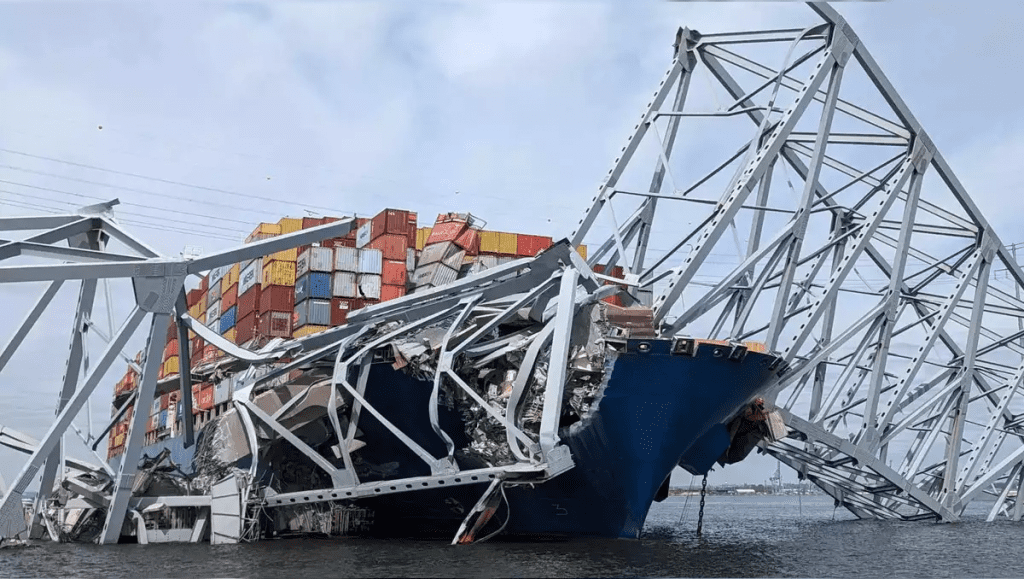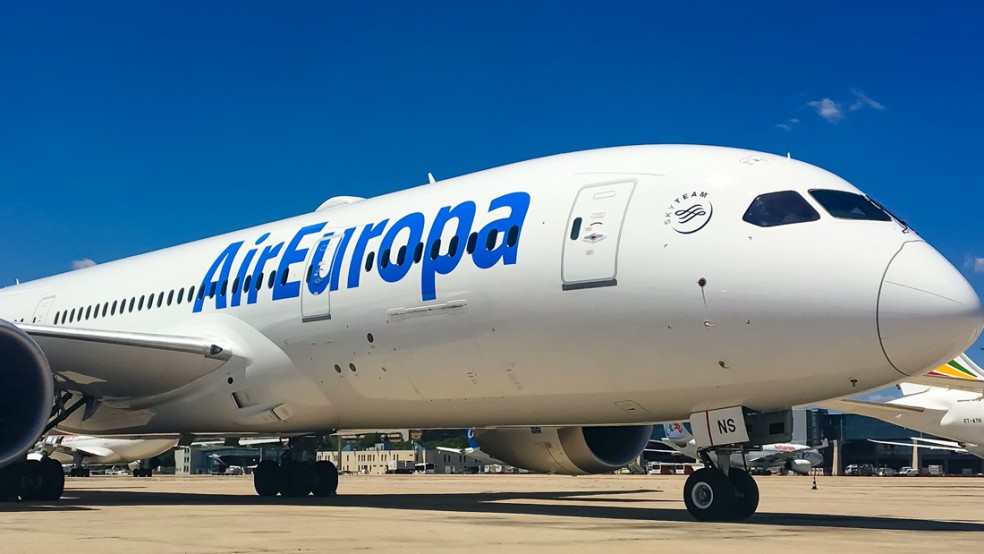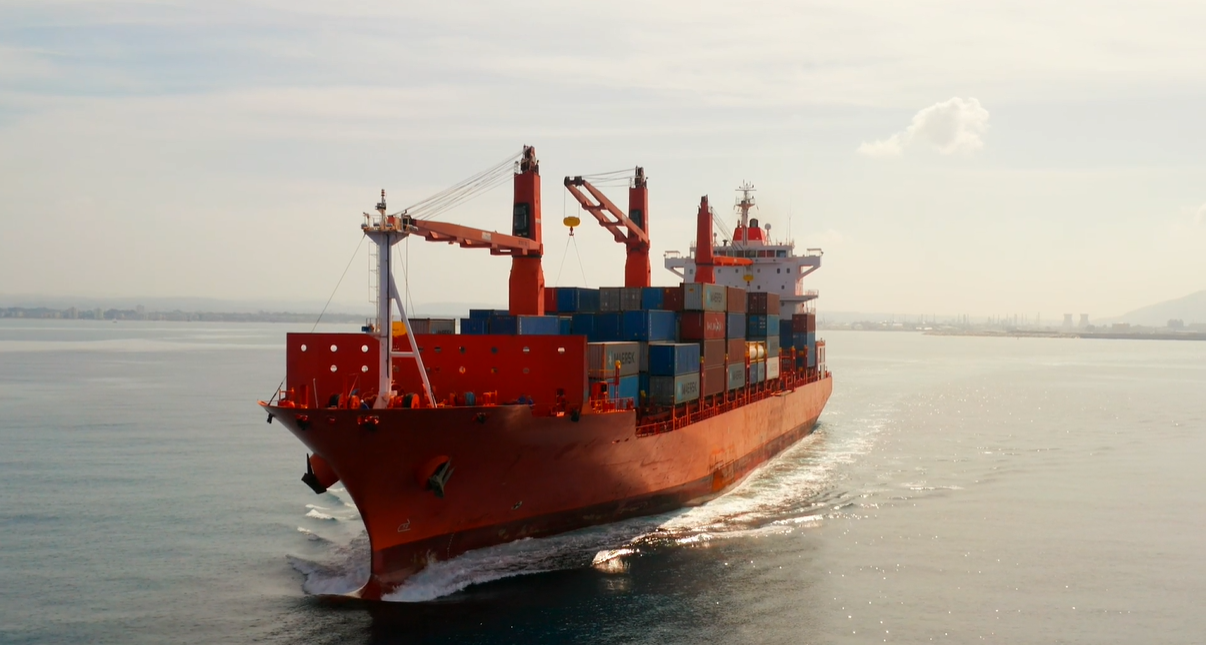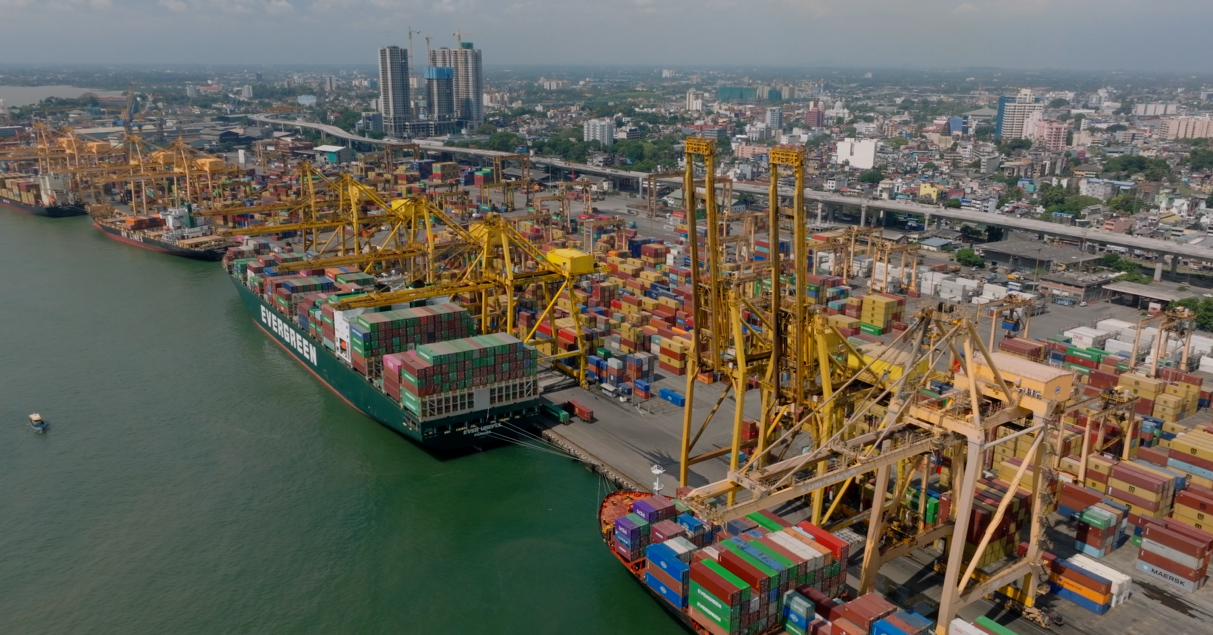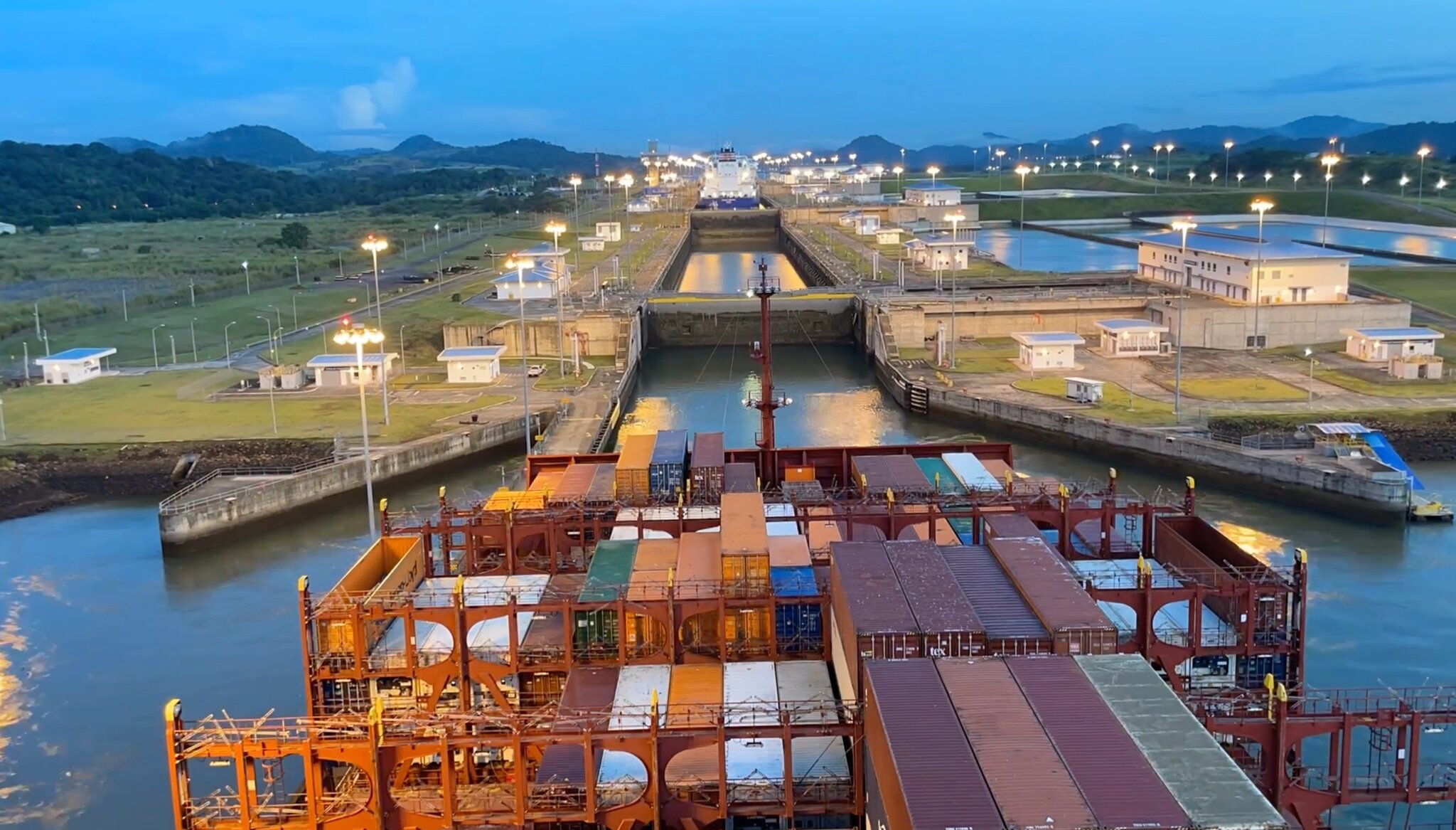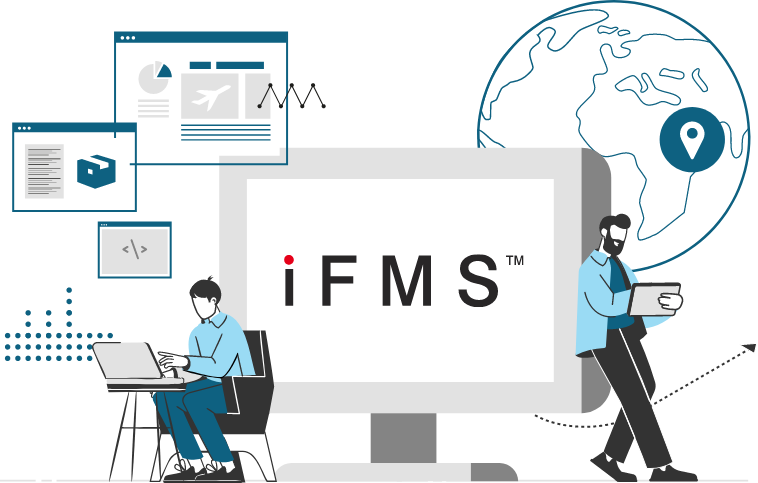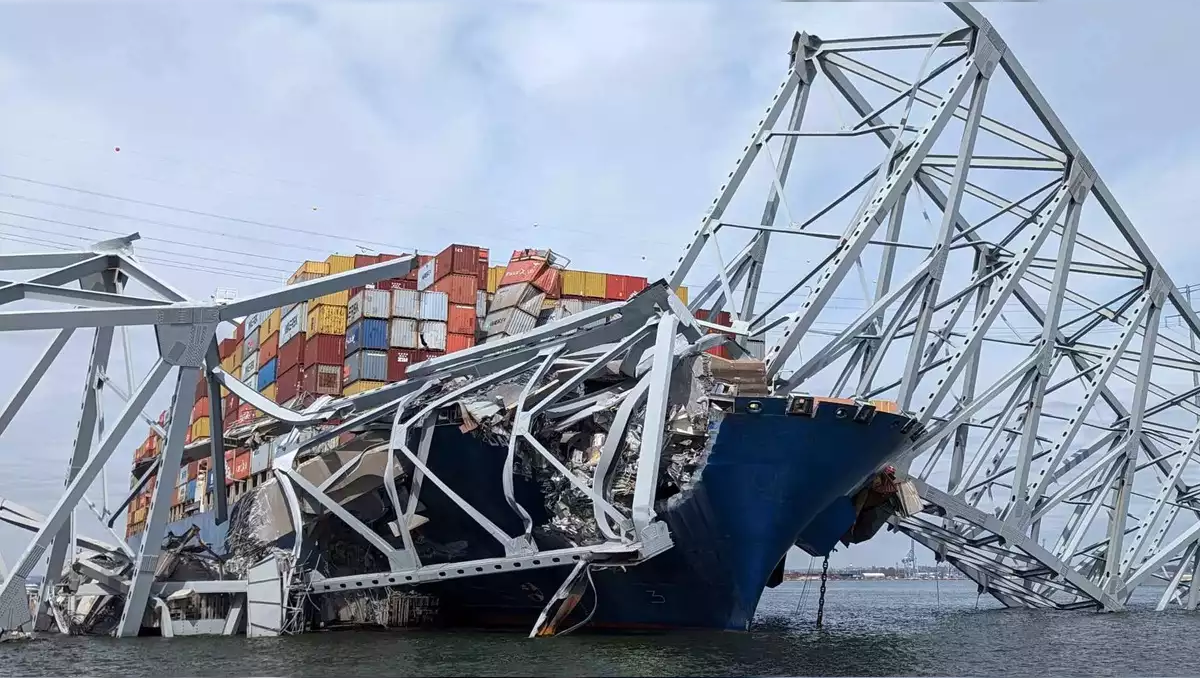FREIGHT FORWARDING
Industry Trends: Q2 Insights for LTL Carriers
Less-than-truckload (LTL) carriers are handling more retail freight due to stagnant industrial demand. This shift was noted in recent Q2 earnings calls from Old Dominion Freight Line, Saia, and TForce Freight.
August 7th, 2024
|
2 Minute Read

Adapting to Market Changes
LTL carriers are typically paid based on shipment weight. TFI International Chairman and CEO Alain Bédard explained that the increase in retail freight poses a challenge because it generates lower revenue than industrial freight. Saia CEO Fritze Holzgrefe acknowledged this shift, noting its impact on Q2 results, but emphasized that adapting to changes is part of the business.
Monitoring Freight Mix
Old Dominion Freight Line CFO Adam Satterfield observed stronger retail performance in Q2, in contrast to the stagnant industrial sector. He mentioned that the manufacturing industry has contracted for 19 of the past 20 months. LTL carriers like Old Dominion aim to increase their share of industrial freight to balance their portfolios.
TForce Freight is focused on improving the average weight per shipment by growing its industrial freight share. Bédard highlighted this as a priority for the company’s long-term growth.
Strategic Network Expansion
Holzgrefe expressed confidence that the rise in retail freight would not undermine Saia’s long-term goals. He emphasized that their ongoing network expansion aims to build a strong national network that ensures fair compensation for services provided.
XPO Logistics reported stable industrial demand with a slight increase from May, according to CEO Mario Harik. While the overall freight mix between industrial and retail sectors remained unchanged, Harik noted faster growth in the local channel.
Future Outlook
The LTL industry must adapt to changing demands, balancing retail and industrial freight while maintaining pricing discipline and optimizing freight mix. Insights from these leading carriers highlight the importance of strategic planning and agility in the logistics sector.
At Suntek, we understand the complexities of the LTL industry. Our software solutions help carriers manage freight mix, optimize efficiency, and adapt to market changes. Stay ahead with our cutting-edge tools and expert insights.
Read Next
-
Air Europa Cargo Partners with Cargo.one for Enhanced Digital Booking
Air Europa Cargo and cargo.one have launched a global partnership…
-
The Role of Electric Vehicles in Modern Logistics
Electric vehicles (EVs) are revolutionizing the logistics industry. Professionals in…
-
Are You Making These Common Freight Forwarding Mistakes?
In the fast-paced world of freight forwarding, efficiency and accuracy…
-
Supreme Court Empowers Carriers: New Regulatory Realities
On June 28, 2024, the U.S. Supreme Court delivered a…
-
Maritime Shipping Still Struggles: Ocean Rates Soar
Ocean spot rates for shipping forty-foot equivalent containers from China…
-
A Comprehensive Guide to Freight Accounting
Effective freight management is crucial for ensuring that businesses can…
-
Rising Container Shipping Rates: US Demand & Red Sea Issues
The global shipping industry is grappling with soaring container rates…
-
Panama Canal Averts Crisis Through Water Strategy
The Panama Canal recently avoided a potential shipping crisis through…
-
Crucial Role of Freight Forwarding in Supply Chain Management
Efficient supply chain management is essential for the success of…
-
Best Practices and Challenges for Freight Accounting
Freight accounting is a crucial aspect of logistics management, involving…
-
Top Tips For Freight Forwarding Customer Attraction
How can a freight forwarding company optimize its online presence…
-
Baltimore Key Bridge Collapse Prompts Costly Logistics Reshuffle
After the Baltimore Bridge collapse, car carriers are adjusting their…
JOIN OUR MAIL LIST FOR EXCLUSIVE ACCESS TO
LATEST NEWS, TIPS, AND RESOURCES
Your privacy matters! Suntek only uses this info to send content and updates. You may unsubscribe anytime. View our privacy policy for more.

